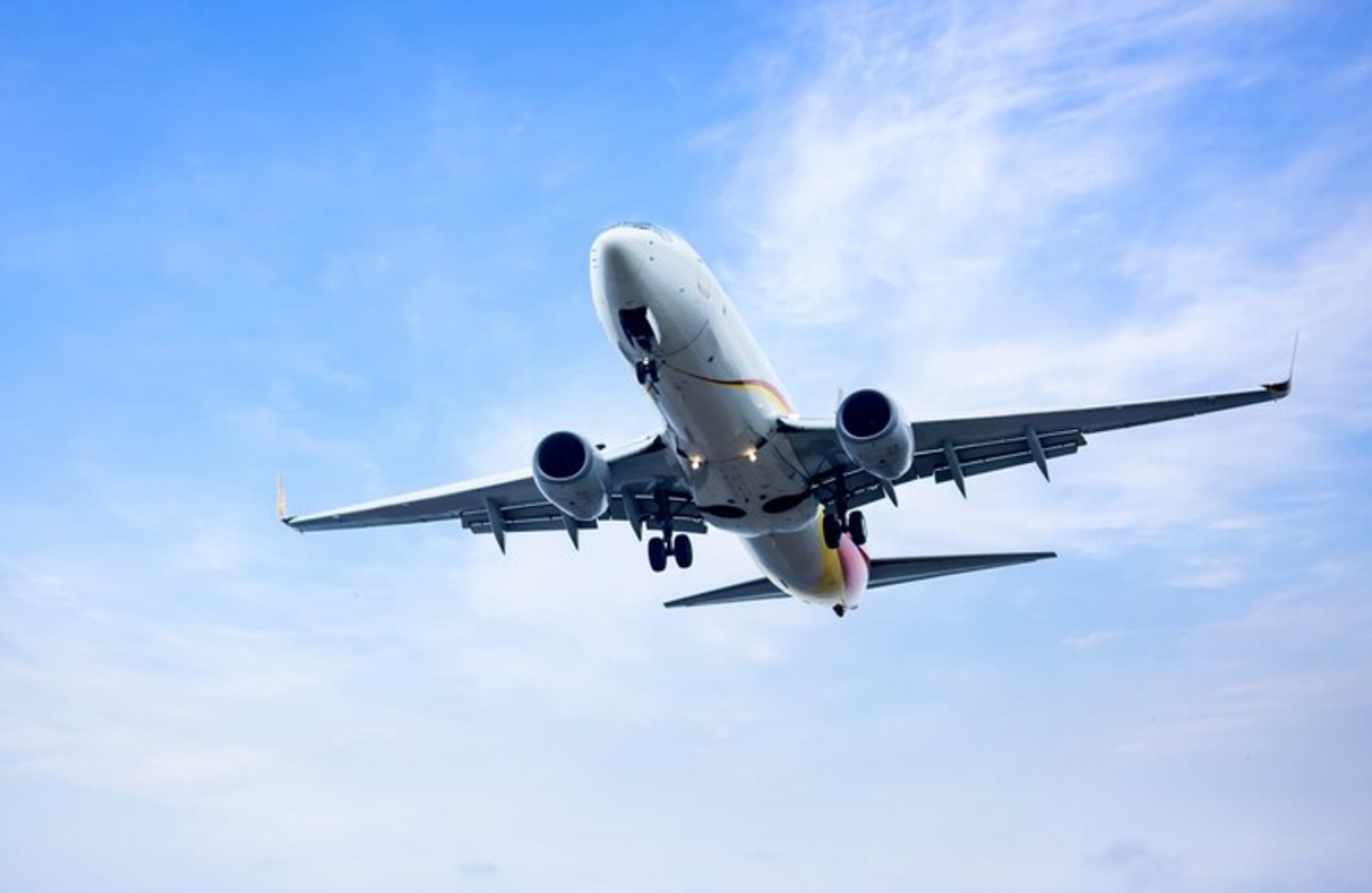Southwest Airlines Under Investigation After Plane Drops ‘Within 400ft’ of the Ocean
A Southwest Airlines Boeing 737 Max 8 recently experienced a frightening plunge, coming within 400 feet of the Pacific Ocean.
The incident occurred on April 11, 2024, during a flight from Honolulu to Lihue. The plane descended at a rate of 4,000 feet per minute due to adverse weather conditions before managing to climb back to safety.
Adverse Weather Conditions
As reported by Bloomberg, the rapid descent took place amid challenging weather conditions off the coast of Hawaii. Pilots faced significant turbulence, which contributed to the plane’s unexpected and dangerous drop.

Source: Freepik
Thankfully, the skilled crew was able to regain control and avoid a potential disaster.
Flight Re-Routed to Honolulu
After the terrifying plunge, the flight was re-routed back to Honolulu for safety reasons. The decision was made to ensure the well-being of all passengers and crew on board.

Source: Wirestock, Freepik
No injuries were reported during the incident, and passengers were later provided with alternate travel arrangements.
FAA Investigation
The Federal Aviation Administration (FAA) promptly opened an investigation into the incident. The FAA is thoroughly examining the circumstances that led to the plane’s sudden descent.

Source: Freepik
This investigation aims to uncover any potential mechanical or procedural failures that could have contributed to the near-miss.
Southwest's Commitment to Safety
In response to the incident, Southwest Airlines emphasized its commitment to safety. The airline stated, “Nothing is more important to Southwest than Safety.”

Source: Freepik
They assured the public that the event was addressed through their robust Safety Management System, highlighting their continuous efforts for improvement.
Another Incident in May
In a separate incident in May 2024, another Southwest-operated Boeing 737 Max 8 experienced significant structural damage. The plane encountered a “Dutch roll” while cruising at 34,000 feet during a flight from Phoenix to Oakland.

Source: Freepik
This aerodynamic phenomenon caused the plane’s tail to slide from side to side, resulting in a dangerous roll.
Delayed Reporting to NTSB
Southwest Airlines did not notify the National Transportation Safety Board (NTSB) about the May incident until June 7, 2024.

Source:
During maintenance checks, substantial damage was discovered to the plane’s structural components, including the unit controlling backup power to the rudder. The delay in reporting has raised concerns about procedural transparency.
Dutch Roll Explained
A “Dutch roll” occurs when an aircraft’s tail slides side-to-side, causing the wings to rock up and down. This can create a dangerous situation, especially at cruising altitudes.

Source: Shams Alam/Unsplash
The May incident highlighted the need for immediate and thorough inspections following such events to ensure passenger safety.
Historical Context of the 737 Max
The Boeing 737 Max series has been under scrutiny due to multiple safety issues since its introduction. Earlier in 2024, nearly 200 Boeing 737 Max 9 planes were grounded after a mid-flight incident involving a fuselage chunk blowing out.

Source: KirkXWB/Wikipedia
The planes were only allowed to return to service following rigorous inspections and maintenance.
Past Penalties for Southwest
Southwest Airlines has faced significant operational challenges in the past. In 2022, they agreed to pay a $140 million civil penalty following a holiday meltdown that stranded 2 million passengers.

Source: Blogtrepreneur/Wikimedia Commons
The U.S. Department of Transportation found multiple violations, including inadequate customer service and delayed flight status notifications.
Implications for the Future
These recent incidents underline the critical importance of strict safety protocols and timely reporting in aviation. Both Southwest Airlines and Boeing need to collaborate closely with regulators to address these issues.

Source: Alan Myles NYC, Wikimedia
Ensuring passenger safety and maintaining public trust are paramount as the industry continues to evolve.
Moving Forward
Moving forward, Southwest Airlines and Boeing will need to implement enhanced training for pilots, rigorous maintenance checks, and transparent communication.

Source: Freepik
These steps are essential to restore confidence in the safety of the Boeing 737 Max and Southwest Airlines’ operations. Continuous improvement and adherence to safety standards will be key to preventing future incidents.
